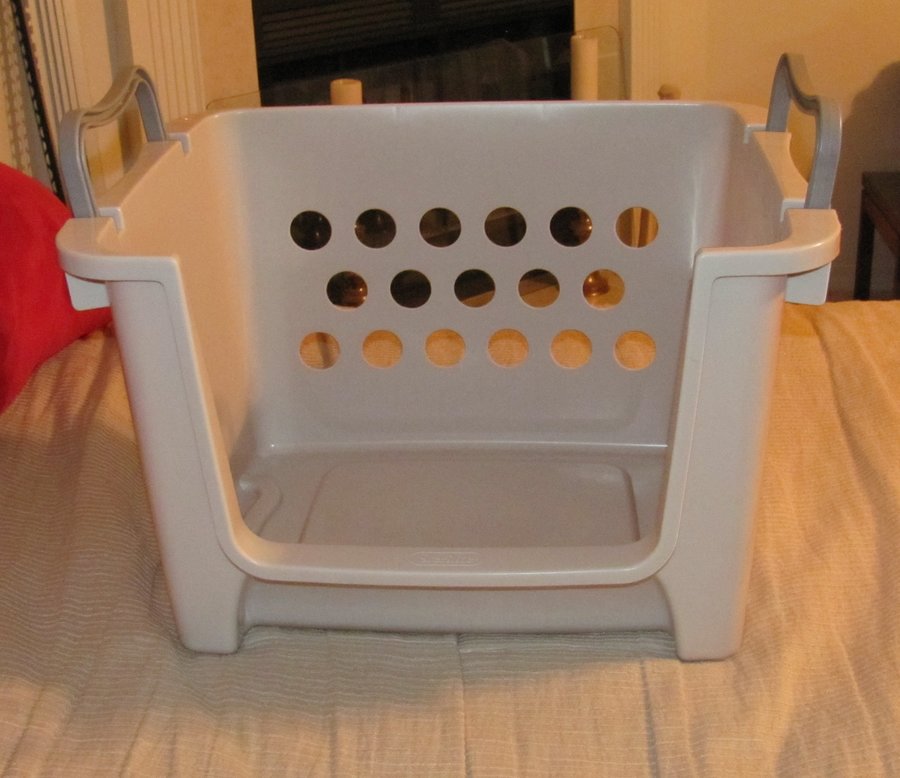- Joined
- Sep 23, 2015
- Messages
- 2
- Purraise
- 1
Hi. I have a three year old cat that I got as a stray. He apparently has no hip bones. He bunny hops a lot and has compensated for his lack of back leg mobility by really overdeveloping his upper body. He is really muscular in the chest and front legs, but his back legs and rectum lack a lot of innervation which led to repeated rectal prolapses until we did a surgery to correct that. He has no tail and his back legs are severely atrophied. His legs can turn almost all the way around. My concern is that he has this long low meow that I think he does when he is in pain. Is there any remedy for his pain, it seems to be occasional and not regularly so I am uncertain of the cause unless it has to do with his hind legs etc. Anyone have any idea? I can't seem to find a description for his condition on the web, I find hip dysplasia but that's not what he has. He just has no hips.


